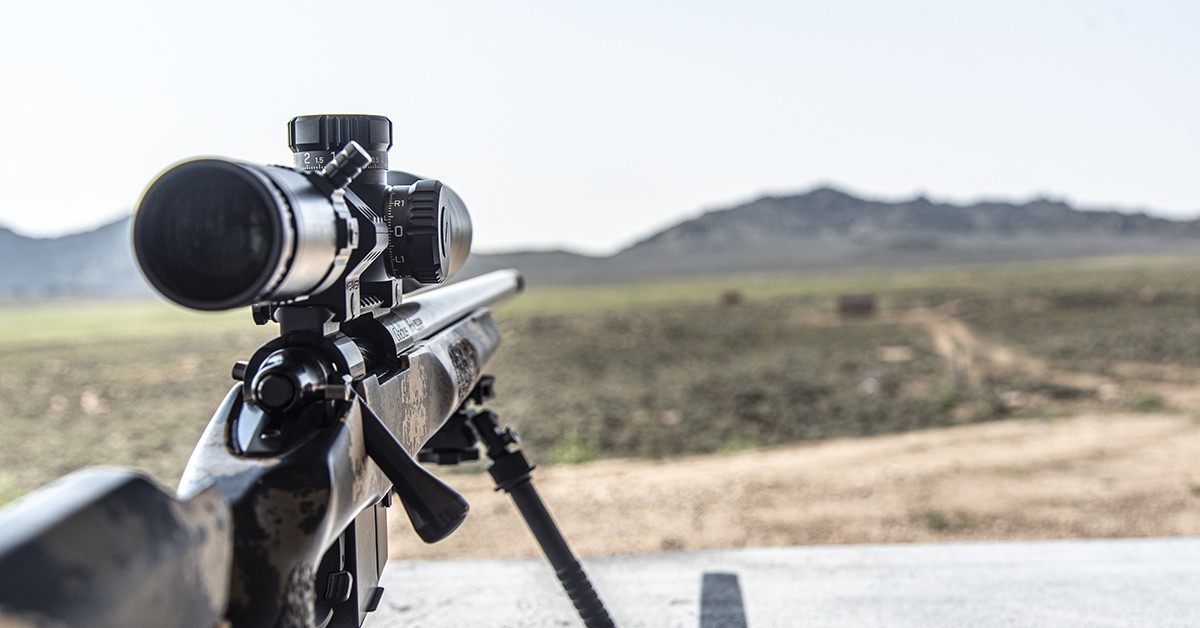The evolution of rifle optics has revolutionized the way we engage targets at varying distances, enhancing accuracy, speed, and effectiveness in both competitive shooting and hunting environments. Modern rifle optics encompass a wide array of technologies, designs, and functionalities, catering to diverse shooting disciplines and preferences. Here we delve into the intricacies of these advancements, exploring the components, types, technological innovations, and considerations for selecting the perfect optic for your rifle.
Understanding the Basics
Rifle optics are devices mounted on firearms to aid in the aiming process. They magnify the target, improve visibility under various conditions, and provide a reticle (or crosshairs) for precise alignment. The fundamental components include the objective lens, eyepiece, reticle, adjustment knobs, and mounting system. The objective lens determines how much light enters the scope, affecting clarity and magnification. The eyepiece allows the shooter to focus on the reticle, which can vary in design to suit different purposes. Adjustment knobs for windage (horizontal) and elevation (vertical) enable the shooter to zero the optic at a specific distance.
Types of Rifle Optics
Rifle optics are broadly categorized into reflex sights, holographic sights, red dot sights, and telescopic sights.
- Reflex Sights: These non-magnifying optics reflect an aiming point (or points) onto a lens, providing a quick target acquisition without significant eye relief concerns. They’re ideal for close to mid-range shooting.
- Holographic Sights: Similar to reflex sights but use a laser transmission hologram of a reticle image. They offer more precise aiming with minimal parallax error.
- Red Dot Sights: A subset of reflex sights, red dot sights project an illuminated dot as the aiming point. They are known for their simplicity and effectiveness at close ranges.
- Telescopic Sights (Scopes): These magnify the target and are the go-to choice for long-range shooting. They come in variable and fixed magnification models, with a variety of reticle designs.
Technological Innovations
Modern rifle optics have seen significant technological advancements, including:
- First Focal Plane (FFP) vs. Second Focal Plane (SFP): FFP scopes have the reticle scale up or down with the image as magnification changes, allowing for accurate range estimation at any magnification. SFP reticles remain the same size, which can be preferable for those prioritizing a clear view of the target at high magnification.
- Illuminated Reticles: Designed for low light conditions, illuminated reticles provide greater visibility, ensuring accuracy when lighting conditions are less than ideal.
- Ballistic Drop Compensation (BDC): BDC reticles allow shooters to estimate holdover for shooting at various ranges without manual adjustments, incorporating common ballistic trajectories into the reticle design.
- Smart Scopes: These incorporate digital screens, rangefinders, ballistic calculators, and even video recording capabilities, offering unprecedented levels of precision and data analysis.
Considerations for Selection
Choosing the right optic for your rifle involves several considerations:
- Purpose and Range: The type of shooting you’ll be doing (hunting, competitive shooting, tactical) and the distances involved significantly influence the choice of optic.
- Magnification Needs: Consider the magnification range that suits your typical engagement distances. Remember, higher magnification isn’t always better, as it can narrow the field of view and make finding your target more challenging.
- Durability and Reliability: Optics must withstand the recoil of the rifle and environmental conditions. Look for rugged construction, waterproofing, and fog-proof features.
- Weight and Size: A heavier optic can unbalance your rifle, affecting maneuverability and comfort during extended use.
- Budget: Prices for rifle optics can vary widely. It’s essential to find a balance between cost and the features you need for your specific shooting discipline. Brands like Burris Scopes offer a range of options that cater to various needs and budgets.
The Future of Rifle Optics
The future of rifle optics lies in the integration of more advanced technologies. Augmented reality (AR) and artificial intelligence (AI) are set to further enhance target acquisition, identification, and engagement processes. These innovations promise to deliver smarter, more adaptive optics, potentially transforming shooting sports, hunting, and tactical operations.
Conclusion:
Modern rifle optics offer a blend of precision, technology, and versatility, catering to the needs of today’s shooters. Whether engaging targets at close quarters or reaching out to distant marks, the right optic can significantly enhance your shooting experience and performance. As technology advances, the capabilities of these optics will continue to expand, pushing the boundaries of what’s possible with a rifle. Understanding the basics, types, and considerations for selecting an optic ensures that shooters can make informed decisions, leveraging these tools to achieve their shooting objectives.




